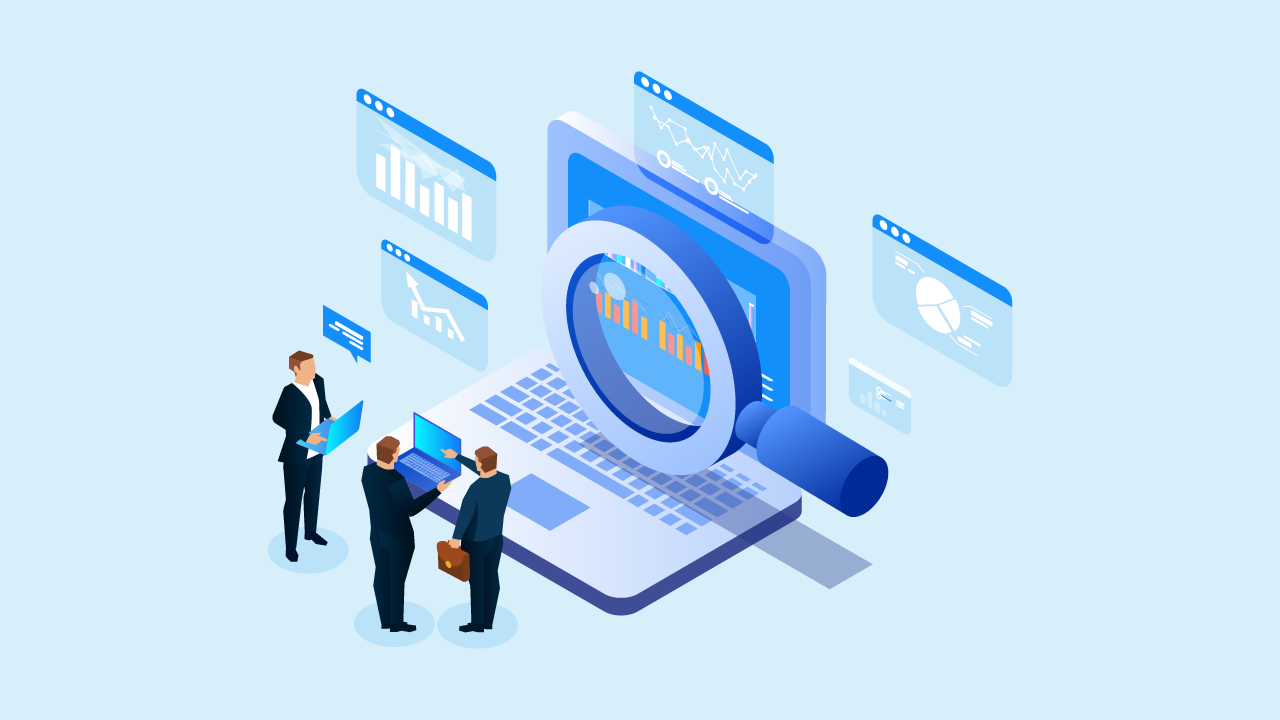The use of images for communication predates the written word by thousands of years, so it’s not surprising that the human brain has evolved to process visual information more quickly than text or data. In fact, a lot more quickly. Visual images can be processed 60,000 times faster than text. And that’s significant because 90 percent of the information the brain receives is visual.
What does this have to do with asset management? Quite a lot, actually, as the industry is finding out.
While quants, computer geeks and number crunchers might be adept at mining reams of data to identify trends and glean insight, they are the exception. Visual representations help the rest of us mentally organize information in a way that is easier to understand and easier to interpret than unstructured or tabular data. That leads to heightened interest in data visualization tools, which provide a way to present complex and multidimensional data sets as charts, graphs, heat maps or other visual images.
The transformative power and impact of images on business and on client relationships is making data visualization de rigueur for asset management firms of all sizes and types – whether family offices, hedge funds, fund administrators or private equity.
It’s not just asset managers that are adopting data visualization. Mordor Intelligence estimates that the global data visualization market will grow at a compound annual rate of more than nine percent over the next five years. Even more interesting is that this growth is expected to come primarily from small and medium-sized organizations.
Across-the board business benefits
One of the greatest benefits of data visualization tools are their simplicity. No expertise or specialized training is needed to get started. Off-the-shelf products like Tableau, Power BI and Excel enable anyone in your firm with basic computer skills to easily convert your family holdings, profit and loss statements or other spreadsheets into compelling visuals tailored to the end user.
While simplicity of use will improve efficiency and productivity in your firm, the insight visuals provide is where the real value-add comes in.
Asset managers have more data than ever at their disposal. As data sets grow in number and complexity, so does the challenge of mining the information to derive actionable intelligence.
Data visualization helps unwind complexity. Because the human brain can instantly process multiple images simultaneously, abstract details and multidimensional relationships that might be lost in a sea of data are immediately apparent and easier to understand when visualized in a chart or graph. Not only do visuals speed comprehension, but studies indicate that people retain 80 percent of things they see versus only 20 percent of what they read.
Data visualization software also brings greater efficiency to analysis, particularly when working with massive data points. Rather than scrolling through tabular reports or never-ending line items in a general ledger, visualization software provides a more efficient way to filter, analyze and format data. It’s easier to view and compare multiple performance metrics, drill down into entity holdings, and slice and dice information to gain deep insight into every aspect of each investment or the entire portfolio as a whole.
Greater efficiency in analyzing data helps you identify trends more quickly as well as discover pockets of hidden business opportunity. Or even call attention to anomalies that had gone unnoticed. A comparative graph mapped over multiple dimensions, for example, might show an unexpected correlation of factors to explain why investments strayed from mandate – information that would have been harder to identify in static tables.
Why now?
Customer service is latest battleground for competitive differentiation. In fact, improving customer experience was cited as a top strategic priority for organizations in a survey by Experian because it delivers a competitive advantage and drives revenue.
Visualization software enables you to leverage data to provide a higher level of customer service. Quickly share complex risk metrics, investment relationships and other performance indicators in interactive, meaningful reports tailored to each client’s specific needs. The visual format is faster to understand, more efficient to analyze and easier to interpret. That translates into valuable insight for decision making.
Visualization software also provides investors, family members and other stakeholders with much-requested transparency. Information is aggregated from numerous data sources, providing a unified view of all investment types as well as the ability to analyze risk and performance of each investment.
Meeting diverse needs
Integration afforded by APIs has made it easier than ever for firms of all sizes to enhance existing systems with data visualization and business intelligence tools. Flexibility is key.
FundCount’s native integrations with Tableau, Power BI, Excel and other popular business solutions provide a range of options that complement the growing organic data visualization capabilities in our comprehensive accounting and investment analysis solution.
Contact us to learn more about our powerful new charting and graphical visualization capabilities.




